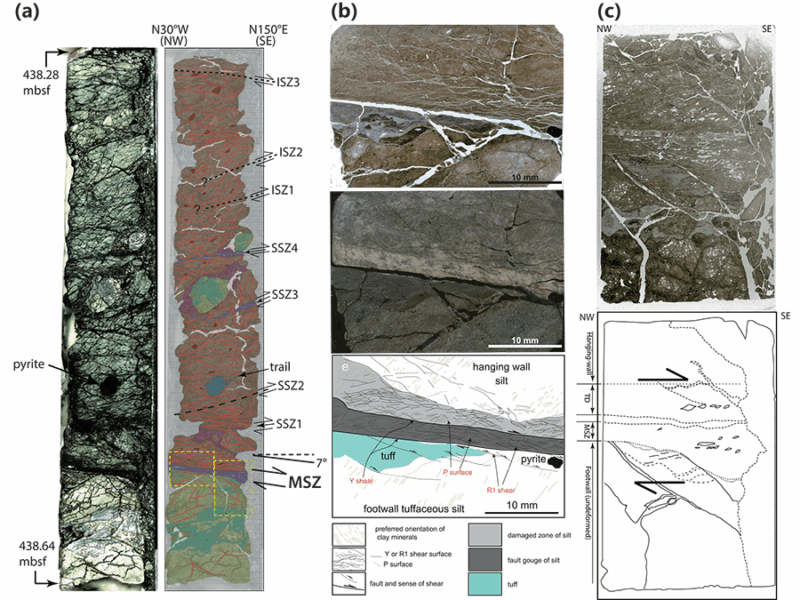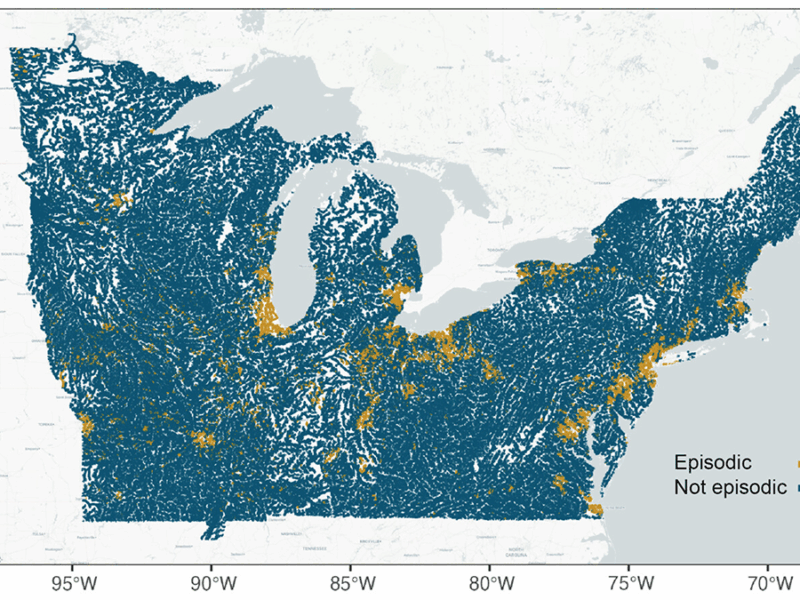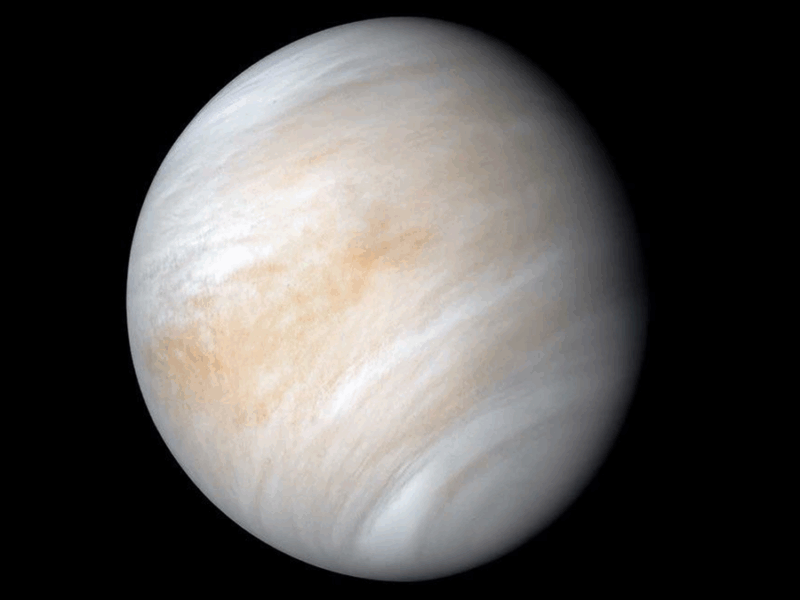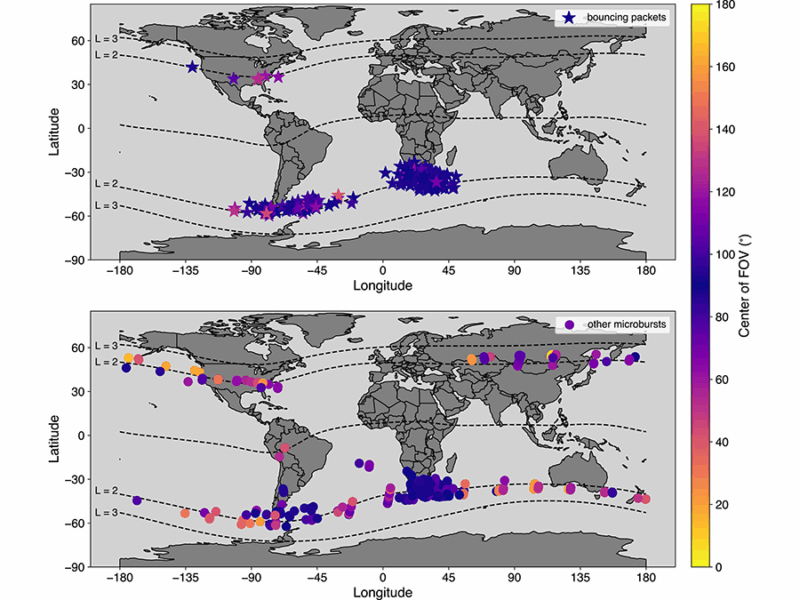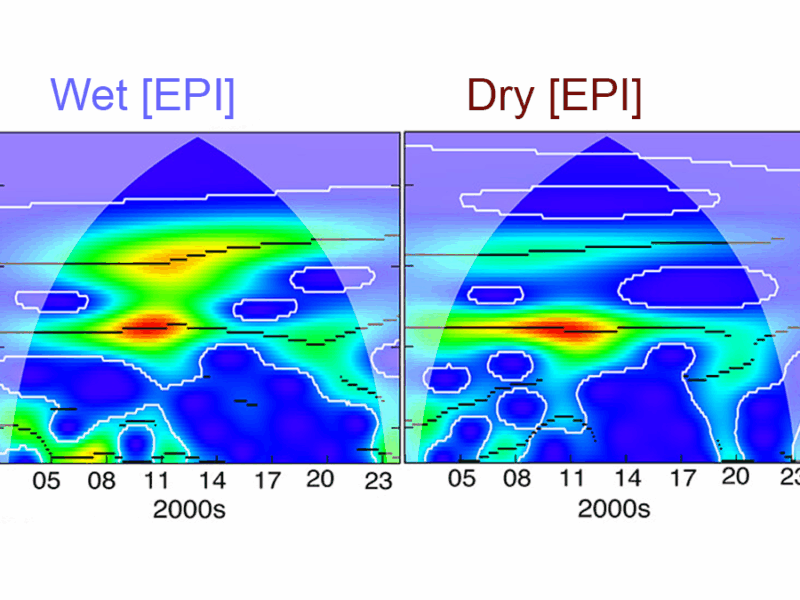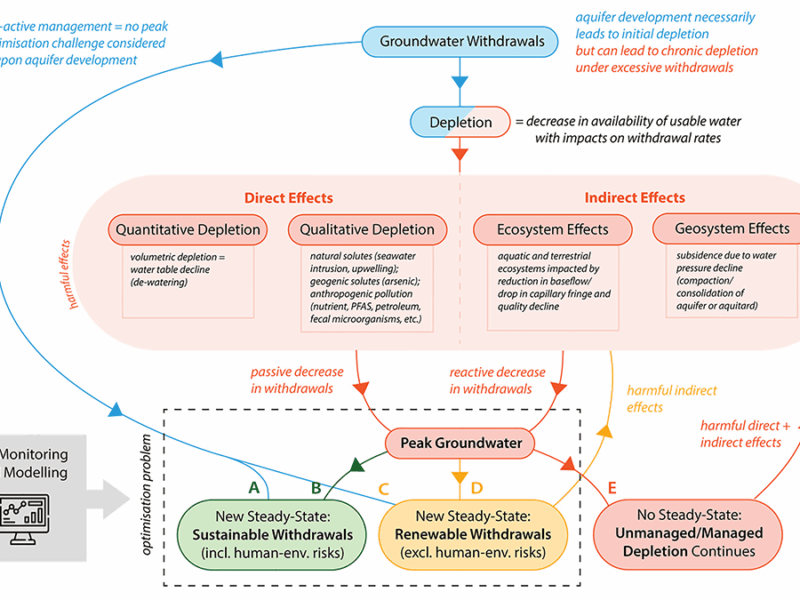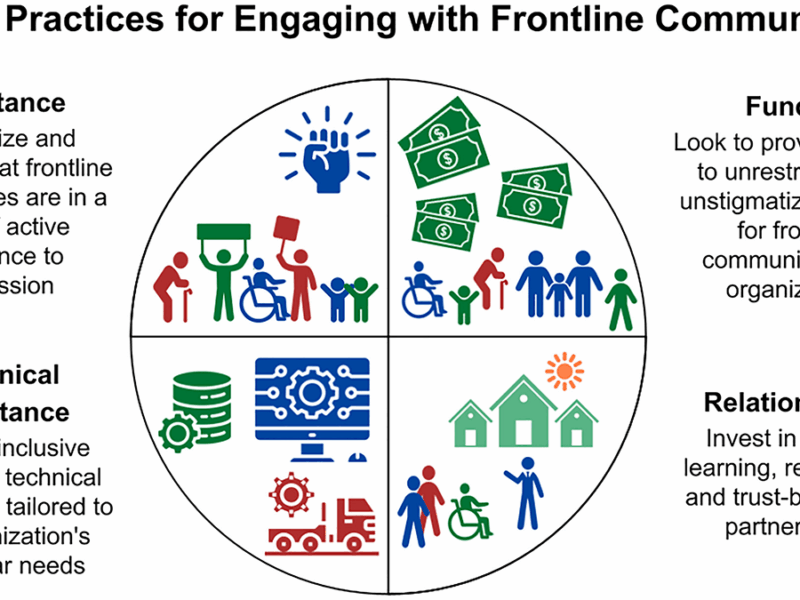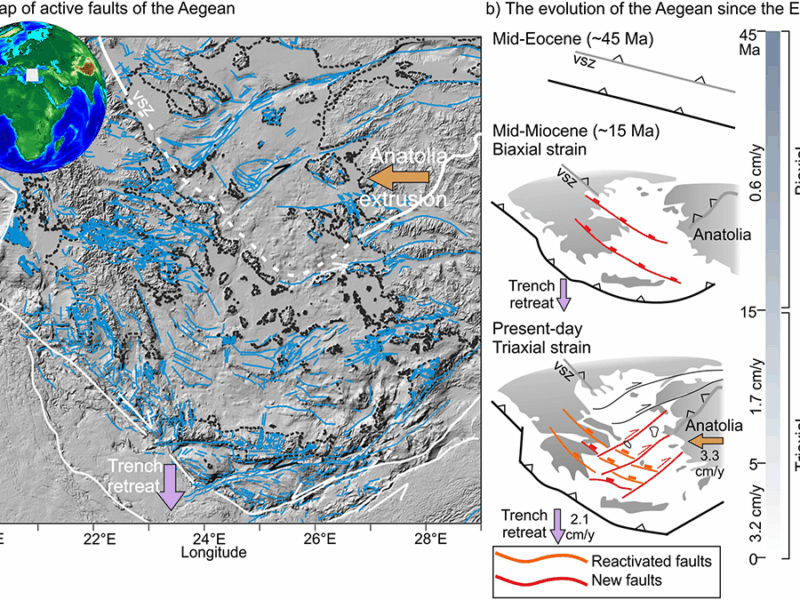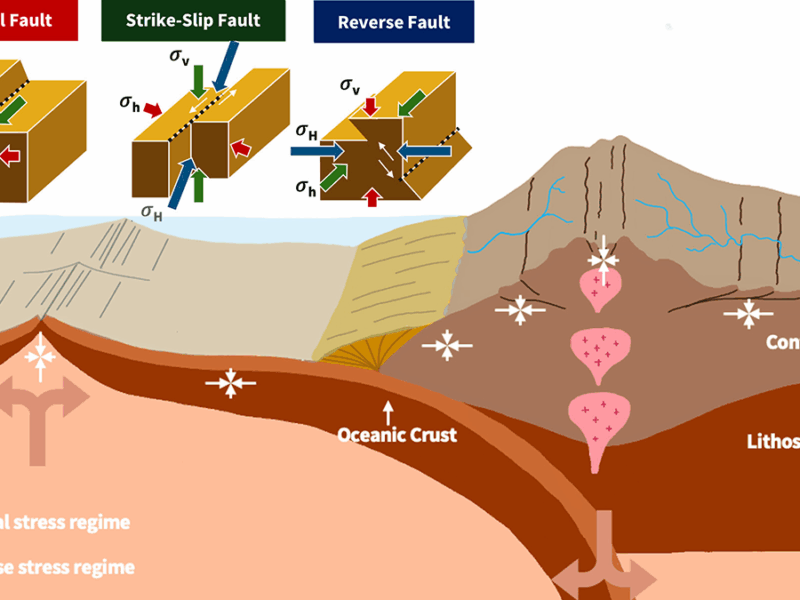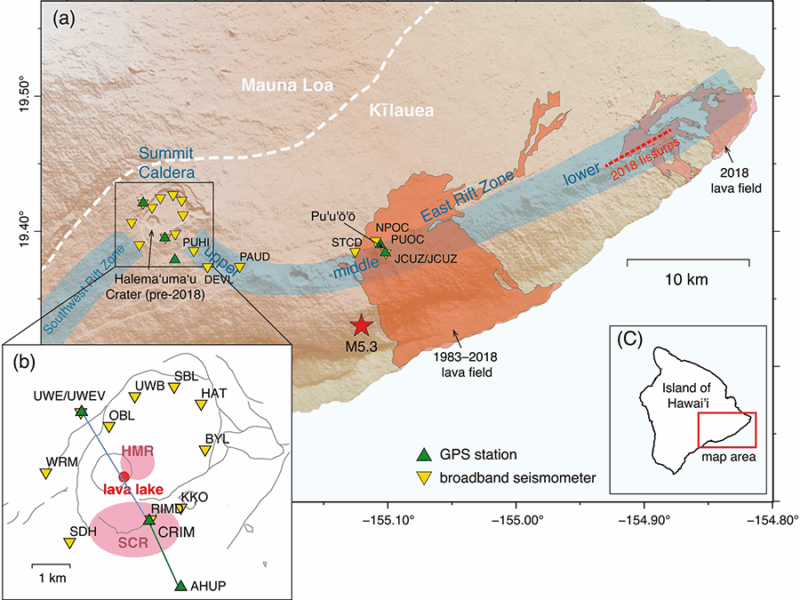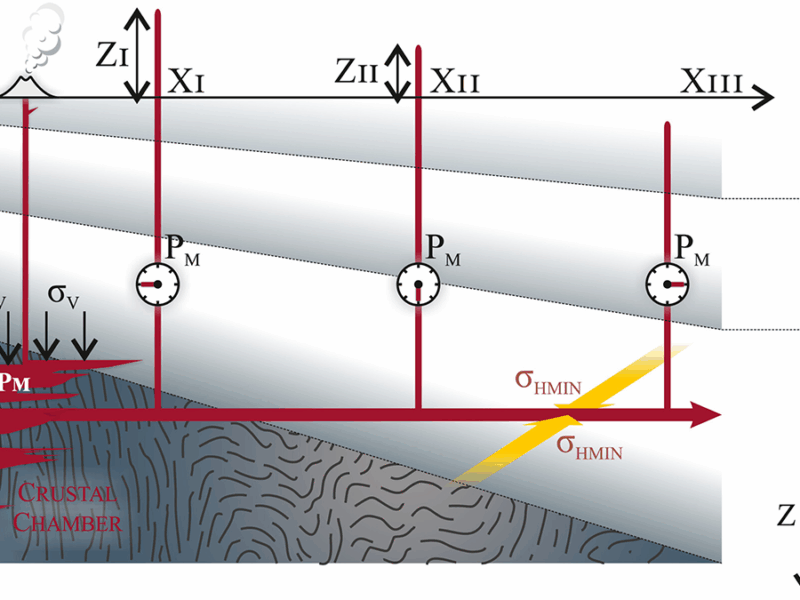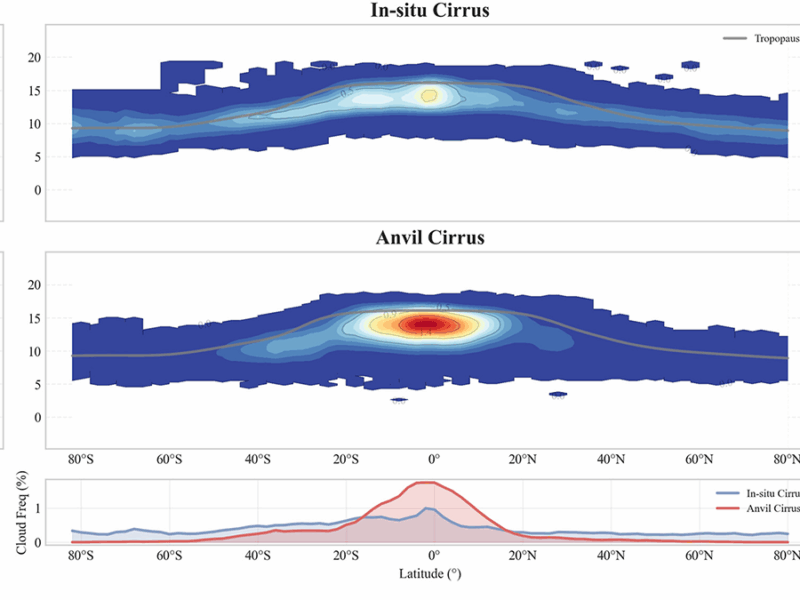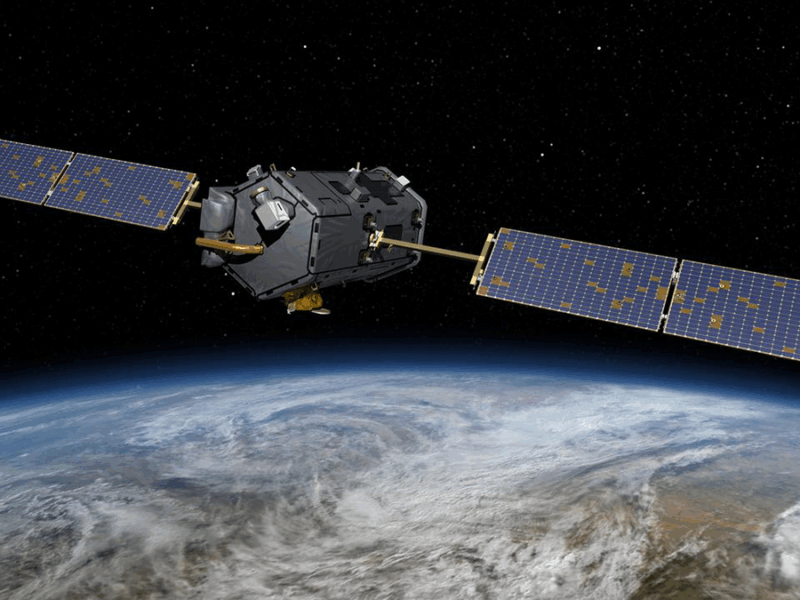Frictional Properties of the Nankai Accretionary Prism
A database of frictional properties from IODP drilling materials explores the range of slip spectrum and the generation of slow to fast earthquakes in the…
Episodic Tales of Salt
When episodic pulses of road salt hit after a winter storm, the impact can be like a lightning strike for the environment.
Is Convection Wobbling Venus?
Venus’s rotation axis is not where it should be – but atmospheric torques, not mantle convection, are likely responsible.
Changes in Slab Dip Cause Rapid Changes in Plate Motion
Periods of slab shallowing in the South American subduction zone appear to cause decelerations in Nazca plate motion.
Using Lightning-Induced Precipitation to Estimate Electron Belt Decay Times
A long-term study of MeV electron burst events detected in the inner radiation belt and slot region was used to determine the electron belt decay…


